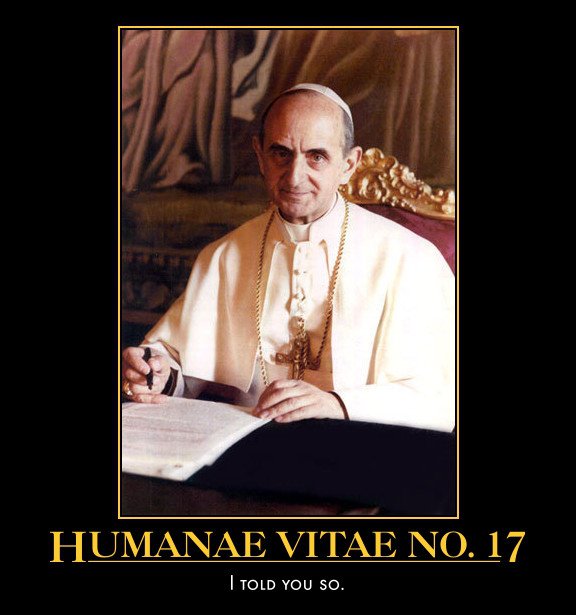The character Captain America first appeared during World War II as a patriotic nazi- fighting superhero. After a few years hiatus, he reappeared in the 1960s and has been around ever since, recently being a key character in the enormously popular Avengers and Captain America movies. Through it all, Captain America’s character has embodied what almost might be called the romance of classical American: courageous, committed to democracy, freedom and liberty, and above all, right over wrong. Other superhero figures have had darker sides or uncertainties (Batman), but Captain America has consistently stood as a soldier guided by an unshakeable moral code that was explicitly the ideal of classic American virtue, but was really at heart Judeo-Christian.
This Captain America always stood up for right over wrong whatever the cost; in one place he said:

And elsewhere:
“…Our enemies may appear to be endless, but that doesn’t matter. Because there is no one else. Look at me. I believe in an idea, an idea that a single individual who has the right heart and the right mind that is consumed with a single purpose, that one man can win a war. Give that one man a group of soldiers with the same conviction, and you can change the world.” (1)
He was a superhero who was so reliable and so reliably virtuous, could almost be assumed to be on the right side. Whatever side he was on was right. This make some recent news so interesting. It seems that a number of fans are calling for captain America to “come out” as homosexual, according to the Twitter hastag “#giveCaptainAmericaaboyfriend.” (2).
There are at least two interesting observations to be made regarding the demand to make Captain America gay. First, that it reflects modern society’s obsession with sex and the decline of friendship in a modern world. Part of the reason behind the demands of the “makeCapgay” crowd is their difficulty in believing that two men could be intimate friends without having a sexual relationship. This would have been absurd in nearly any past age which celebrated friendships like David and Jonathan, Achilles and Patroclus, Oliver and Roland, Hamlet and Horatio, and Frodo and Sam. Yet because Captain America, a soldier has close friendships, fans (a terms more properly used in the classical sense of fanatic) argue that he should be gay. C.S. Lewis said of friendship that “it is one of those things that has no survival, rather, it gives value to survival,” and lamented its decline in the modern world. That Captain America cannot be believed to have male friends without having relationship with them is another sign of that decline.
The second observation is more interesting. In the early 16th century, King Henry VIII of England divorced his wife, married another, and declared himself the head of the Church in England. Nearly everyone went along with him; one of the few who didn’t was Thomas More. Yet, the one man was too much for Henry VIII. As Robert Bolt’s play, Man for All Seasons, put it, More was a good was honest and known to be honest- and one honest man, a man of virtue and conscience, opposed to Henry was too much, a signal to everyone else that Henry was on the wrong side. Henry needed More on his side to assure Henry and everyone else of a lie, that Henry was right in his wrong. And this More would not do and so Henry killed him.
This is why some people want Marvel to make Captain America gay; because Captain America is a superhero known for his courage, virtue, and commitment to truth whatever the cost. Henry wanted More’s approval in a vain attempt to assure Henry that he was in fact on the right side, which Henry knew to be false. Today advocates of homosexuality demand not tolerance, but approval and will not tolerate those who disagree with them. And this because, like Henry, they want to convince themselves that they are on the right side, which they also know to be false. What is so interesting, though is that this search for approval extends now to the fictional character Captain America. To turn such a character would have been like Henry VIII turning Thomas More-turning a good man to the wrong side– and just as impossible. Captain America could not turn and still remain himself, he would be a whole other figure, strong perhaps, and in a similar costume, but not Captain America.
(1) https://en.wikiquote.org/wiki/Captain_America
(2) http://observer.com/2016/05/marvel-fans-want-captain-america-to-come-out-already/



